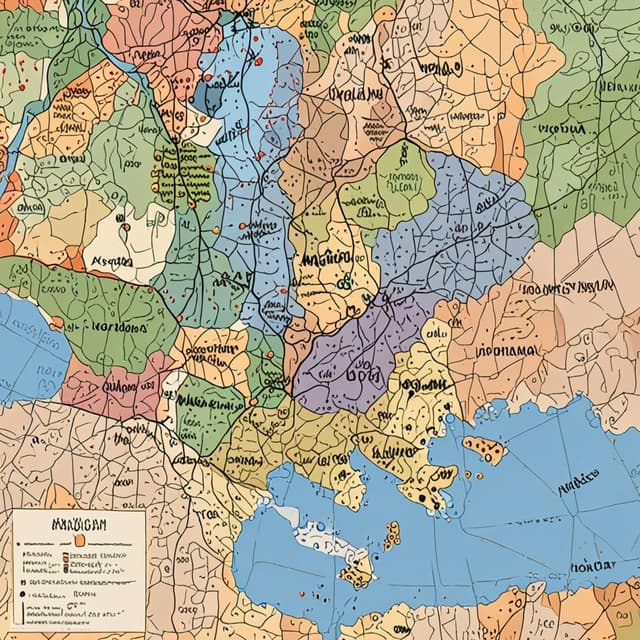
| Region | Central Europe |
| Key features | Maintained own traditions • Language • System of governance |
| Cultural identity | Distinct from the larger empire |
| Historical status | Semi-autonomous principality within the Austro-Hungarian Empire |
| Historical significance | Vibrant center of regional identity and nationalist sentiment |
| Relationship with central authorities | Resisted attempts at centralization |
Moravia is a historical region in Central Europe, located primarily within the modern-day borders of the Czech Republic. It has a long and complex history, marked by periods of autonomy, incorporation into larger kingdoms, and resistance to imperial control. Moravia's strategic geographic location and rich cultural heritage have made it an important and influential part of the Austro-Hungarian Empire for centuries.
Moravia is situated in the eastern part of the Czech Republic, bordered by Bohemia to the west, Slovakia to the southeast, and Austria to the south. The region is characterized by its diverse landscape, including the Carpathian Mountains in the east, the fertile Moravian Lowlands in the center, and the Sudeten Mountains along the northern border.
The population of Moravia is predominantly Moravian, a distinct ethnic and linguistic group related to but separate from the Czechs. Moravians speak a Slavic language that is closely related to Czech, but with its own unique dialects and traditions. Over the centuries, Moravia has also been home to sizable German, Jewish, and Roma minorities.
Moravia has a long and storied history dating back to the 9th century, when it emerged as the center of the powerful Great Moravian Empire. This medieval state, which also encompassed parts of present-day Slovakia and Poland, was an early center of Christianity and Slavic culture in Central Europe.
In the 11th century, Moravia came under the control of the Kingdom of Bohemia, initiating a long period of Bohemian rule and cultural influence. Despite this, Moravia maintained a significant degree of regional autonomy and distinct identity. The region played a key role in the Hussite Wars of the 15th century, which saw Moravian forces fiercely resist the Catholic Bohemian monarchy.
In 1620, Moravia was integrated into the Habsburg Monarchy, which would later become the Austro-Hungarian Empire. Over the following centuries, the region experienced alternating periods of centralization and decentralization within the imperial structure. Moravian nationalist sentiments continued to simmer, fueled by a desire for greater autonomy and the preservation of Moravian culture.
Despite its incorporation into the Austro-Hungarian Empire, Moravia was able to maintain a significant degree of regional autonomy and self-governance. The imperial authorities in Vienna granted the principality its own Diet and administrative structures, allowing for a degree of local control over internal affairs.
This autonomy, combined with Moravia's vibrant intellectual and cultural life, gave rise to a strong Moravian nationalist movement in the 19th and early 20th centuries. Intellectuals, artists, and political activists championed the idea of Moravian self-determination, arguing for greater independence from the central imperial government.
The Moravian nationalist movement was closely tied to the broader Czech national awakening, with many Moravian leaders advocating for a greater Czech confederation that would include their region. However, the imperial authorities in Vienna generally resisted these demands, fearful of the potential for the fragmentation of the Austro-Hungarian state.
The dissolution of the Austro-Hungarian Empire after World War I did not immediately lead to the establishment of an independent Moravian state. Instead, Moravia was incorporated into the newly formed Czechoslovakia, where it maintained a degree of regional autonomy and cultural influence.
Throughout the 20th century, Moravia has continued to assert its distinct identity within the Czech lands, with ongoing debates over the region's political status and the preservation of Moravian traditions. The collapse of the Soviet Union and the subsequent dissolution of Czechoslovakia in 1993 have further complicated Moravia's position, as it has had to navigate the changing geopolitical landscape of Central Europe.
Today, Moravia remains an integral part of the Czech Republic, but its regional identity and legacy of autonomy continue to shape the country's politics and culture. The region's vibrant intellectual life, thriving industries, and unique architectural heritage make it an important and influential part of the Czech national fabric.